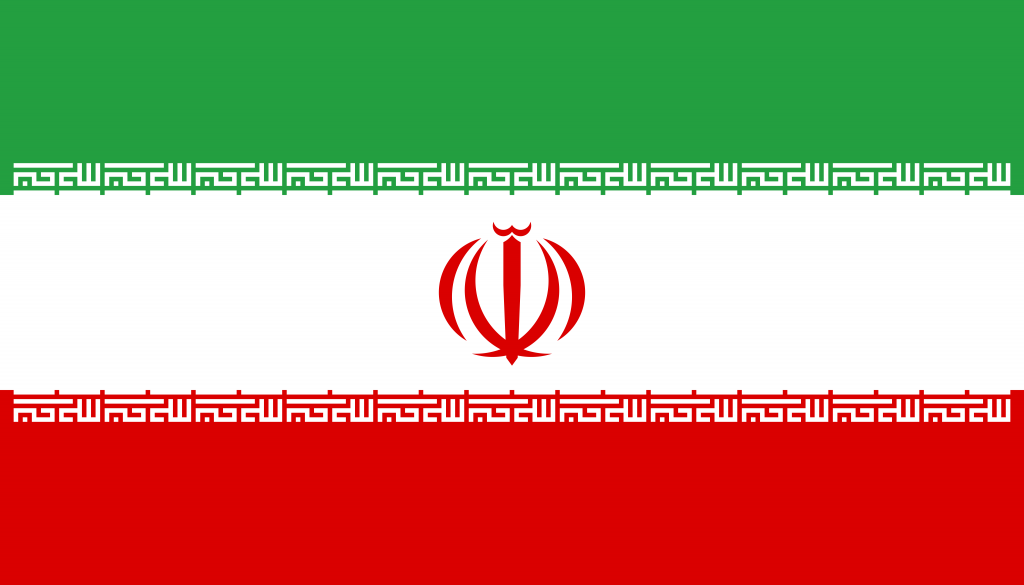Iran flag Colors Code hex, png svg
The flag of Iran has a rich history and symbolism. Here’s a brief overview of its colors and meanings:
Design and History
- Current Flag: The modern Iranian flag was officially adopted on July 29, 1980, following the 1979 Iranian Revolution.
Colors and Symbols
- Green:
- Position: Top stripe
- Meaning: The green stripe represents Islam, which is a central aspect of Iranian identity. It also symbolizes growth, prosperity, and the country’s natural environment.
- White:
- Position: Middle stripe
- Meaning: The white stripe stands for peace and honesty. It also represents the country’s aspiration for unity and harmony.
- Red:
- Position: Bottom stripe
- Meaning: The red stripe signifies courage, bravery, and the sacrifices made for the country’s independence and freedom.
- Symbol in the Center:
- Design: A red emblem resembling a stylized tulip, which is also referred to as the “Allah” symbol.
- Meaning: This emblem combines elements of the Islamic faith with Persian art. The design incorporates elements representing the word “Allah” (God in Arabic), which highlights the Islamic character of the state.
- Inscription:
- Text: There is a repeated inscription of the phrase “Allahu Akbar” (God is Great) written in white Kufic script along the border of the green and red stripes.
- Meaning: The inscription signifies the divine nature of the country and its devotion to God.
Historical Changes
- Pre-1979: The flag before the Islamic Revolution had a lion and sun emblem, symbolizing the pre-revolutionary Pahlavi dynasty.
- Post-Revolution: After the 1979 Revolution, the current design was adopted to reflect the Islamic Republic’s values and principles.
This flag embodies a blend of national pride, religious significance, and historical continuity.
Guess the Flags Quiz
Sharing is caring 🤗

National Symbols 👇
- 🏁 National Flags
- 🦁 National Animals
- 🐦 National Birds
- 🌻 National Flowers
- 🌴 National Trees
- 🥭 National Fruits
- 🍹 National Drinks
- 👴 National Founders
- ☘️ National Emblems
- 🍲 National Dishes
- 🏛️ National Monuments
- ✍️ National Poets
- 🕌 National Mausoleums
- 🎺 National Instruments
- 🦸 National Heroes
- 📆 National Days

